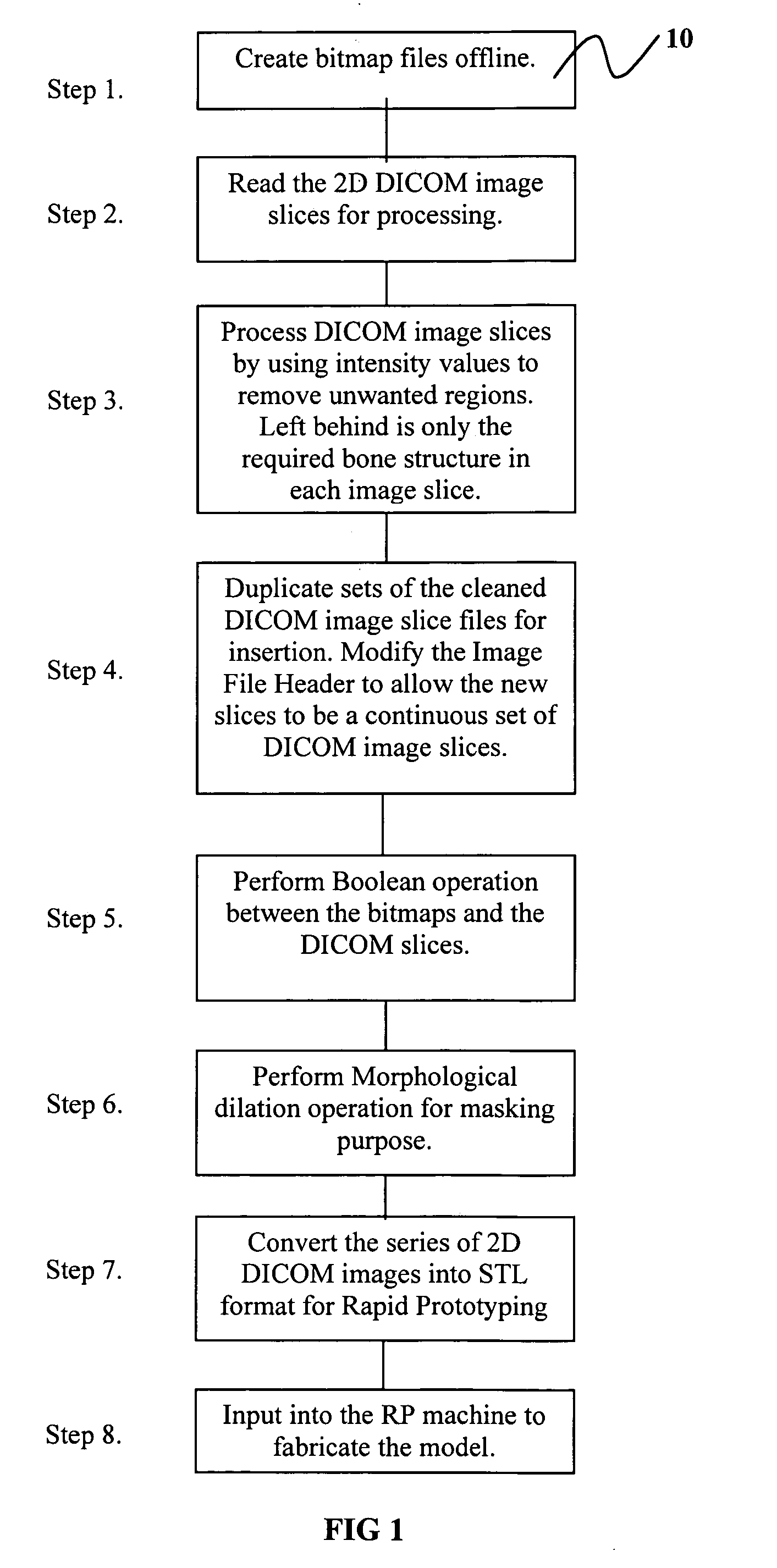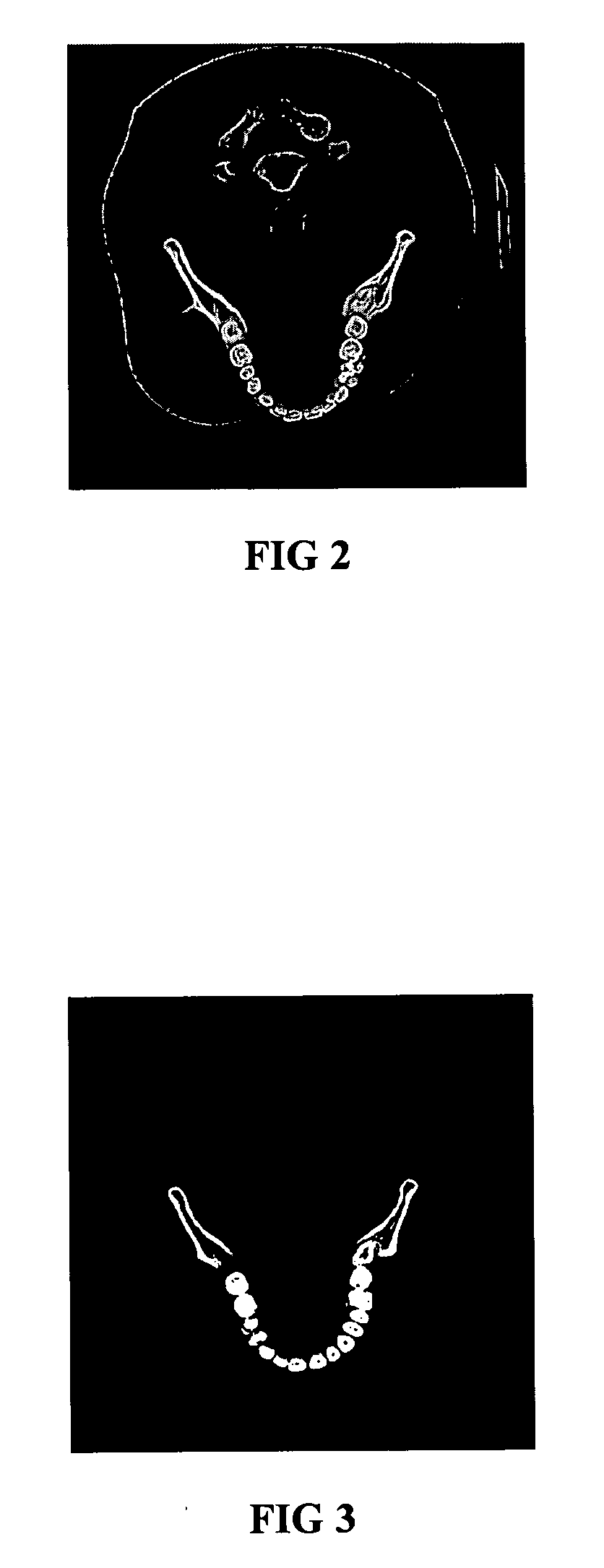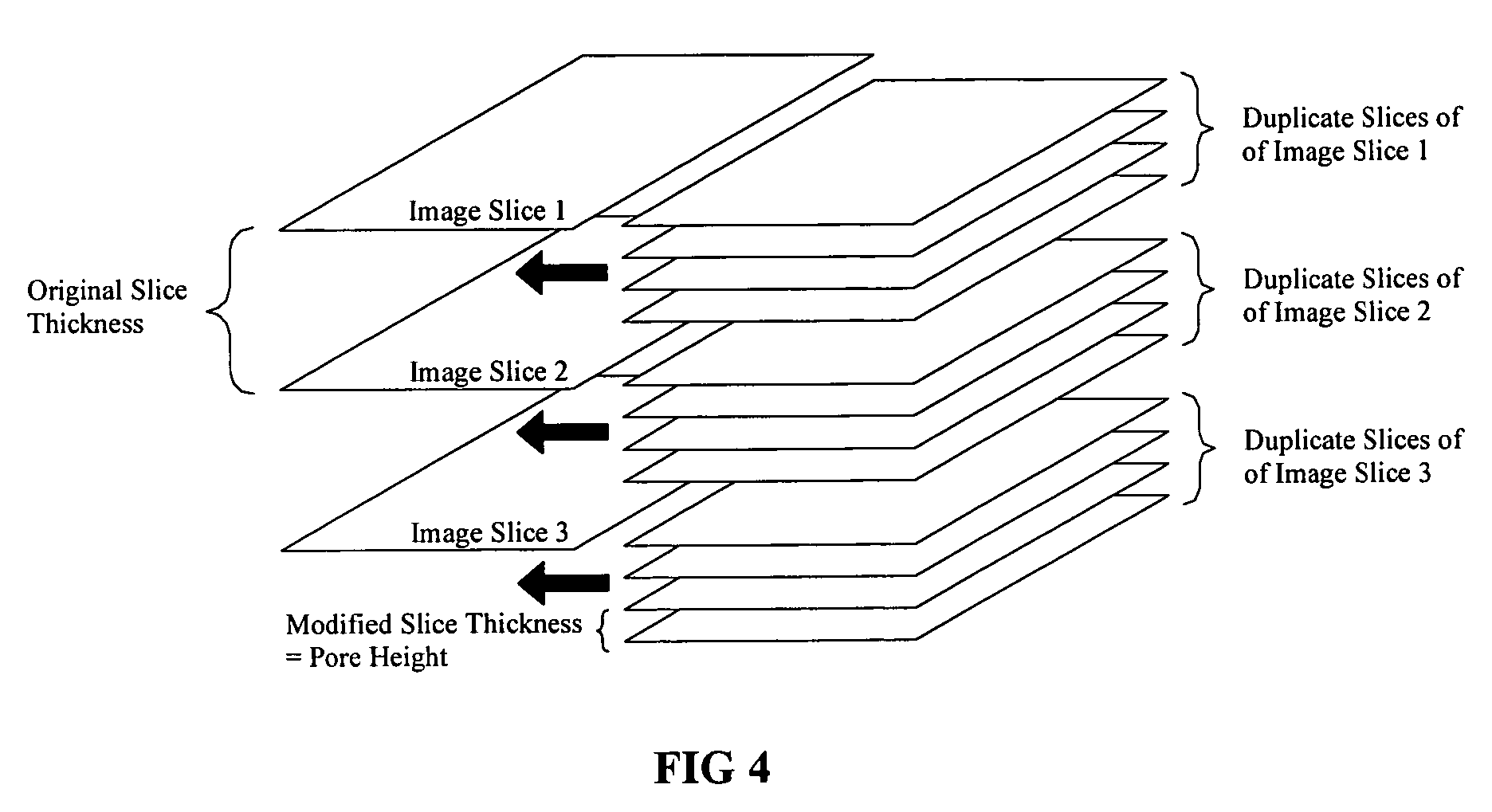Method for designing 3-dimensional porous tissue engineering scaffold
a tissue engineering and 3-dimensional technology, applied in the field of three-dimensional scaffold design and fabrication, can solve the problems of high computational resource consumption, high labor intensity and long time, and many limitations of traditional cad techniques for modeling the geometry and micro-architecture of tissue engineering scaffolds, and achieve the effect of rapid prototyping fabrication techniques and easy manufacturing
- Summary
- Abstract
- Description
- Claims
- Application Information
AI Technical Summary
Benefits of technology
Problems solved by technology
Method used
Image
Examples
Embodiment Construction
[0021]The present invention may be understood more readily by reference to the following detailed description of certain embodiments of the invention.
[0022]Throughout this application, where publications are referenced, the disclosures of these publications are hereby incorporated by reference, in their entireties, into this application in order to more fully describe the state of art to which this invention pertains.
[0023]The present invention provides methods for designing and fabricating a three-dimensional porous scaffold. Briefly, the methods use specially laid out bitmap templates to create the internal micro-architecture of the intended scaffold designs. The bitmap templates generated consist of uniform arrays of grids representing the internal structure of the scaffold and the voids in between the structures. A wide variety of bitmap templates can be created by changing the size, spacing and shape of the grids to give rise to different scaffold internal micro-architecture de...
PUM
| Property | Measurement | Unit |
|---|---|---|
| shapes | aaaaa | aaaaa |
| dimensions | aaaaa | aaaaa |
| thicknesses | aaaaa | aaaaa |
Abstract
Description
Claims
Application Information
 Login to View More
Login to View More - R&D
- Intellectual Property
- Life Sciences
- Materials
- Tech Scout
- Unparalleled Data Quality
- Higher Quality Content
- 60% Fewer Hallucinations
Browse by: Latest US Patents, China's latest patents, Technical Efficacy Thesaurus, Application Domain, Technology Topic, Popular Technical Reports.
© 2025 PatSnap. All rights reserved.Legal|Privacy policy|Modern Slavery Act Transparency Statement|Sitemap|About US| Contact US: help@patsnap.com



